It didn’t hit me at first.
As I rode down a bumpy, sandy road through the Kazakhstan steppe, I didn’t really realize where I was.
I was riding over land that was once covered with water.
I was heading toward what is known as the “ship cemetery” – the rusty remains of three ships that used to sail the sea that is no more. But during the hour it took to reach the lonely boats, it never occurred to me that I was crossing what used to be the Aral Sea.
Yes, I know – duh.
As I got out of the car to take a closer look at the abandoned ships, I kept thinking it should be cloudy. It seemed too sunny, too bright, too happy. I had pictured the Aral Sea in black and white: dark, gloomy, hopeless. Instead, I roamed around shells of boats covered with maritime-themed caricatures and surrounded by grazing cows, all under bright blue skies.
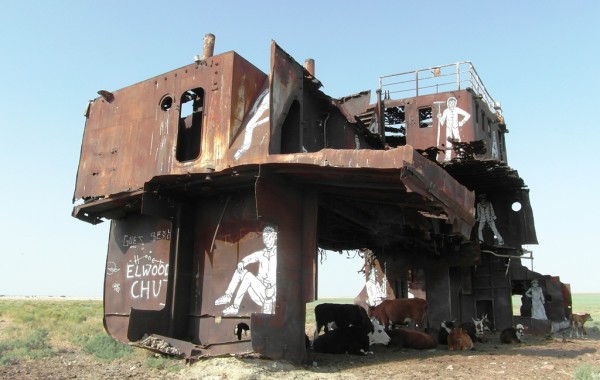
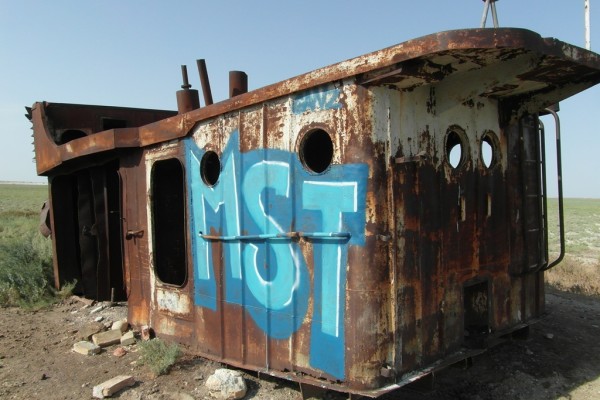
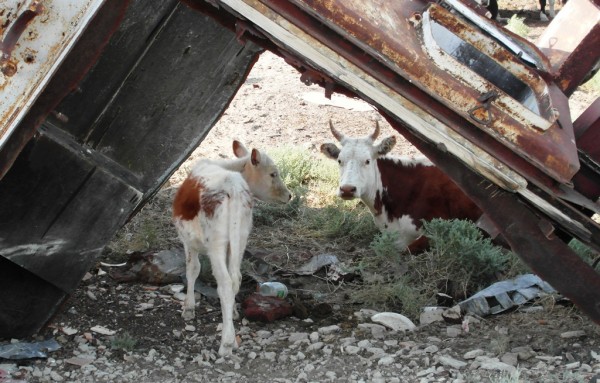
The Aral Sea was once one of the four largest lakes in the world, covering a whopping 68,000 square kilometers (26,300 square miles). But then the Soviets came along in the 1960s and started a massive irrigation project to grow cotton that diverted the rivers that ran into the lake. As a result, the Aral Sea began to shrink.
And shrink.
And shrink.
By 2007 – some forty years after the Soviet interference began – the Aral Sea covered only 10% of the area it once did.
Ten percent.
It shouldn’t surprise you that the near-disappearance of the Aral Sea has been called one of the world’s worst environmental disasters. The area’s once-booming fishing industry was destroyed. Pollution has caused health problems and climate change has resulted in hotter and drier summers and colder, longer winters. The population of Aralsk, the city that once stood on the shores of the sea, dipped dramatically. Among those who have remained, unemployment levels are high.
Just 100 meters from my homestay in Aralsk, I saw the former port, cranes still standing tall over an empty basin, now nothing bus grass, rocks, and a few large puddles.
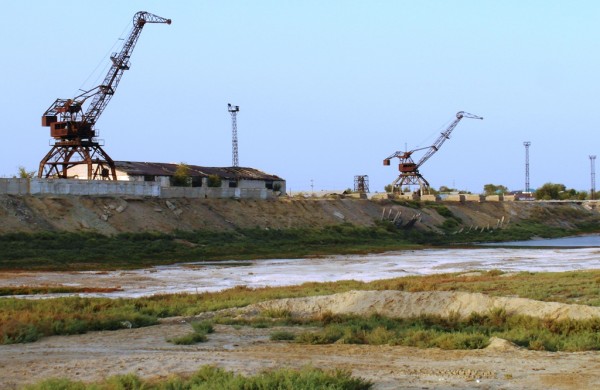
To its credit, Kazakhstan has been working to reverse the damage to the north Aral Sea (the south Aral Sea lies in Uzbekistan). In 2005, they completed a dam project that resulted in water levels rising by about 12 meters (40 feet) by 2008. The shoreline, which had once receded to over 60 kilometers from the city of Aralsk, now is just 16 kilometers away.
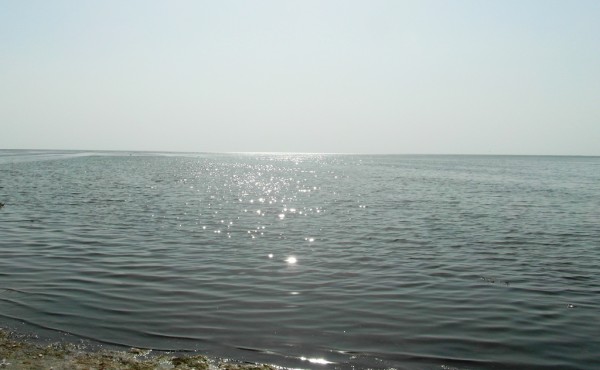

A small amount of fishing has resumed, but not enough to bring people or jobs back to Aralsk. And some say that the climate is improving and health issues decreasing. But considering the entire lake once covered 68,000 square kilometers and the newly replenished north Aral Sea covers just 3,300 square kilometers, there is clearly a very, very long way to go.

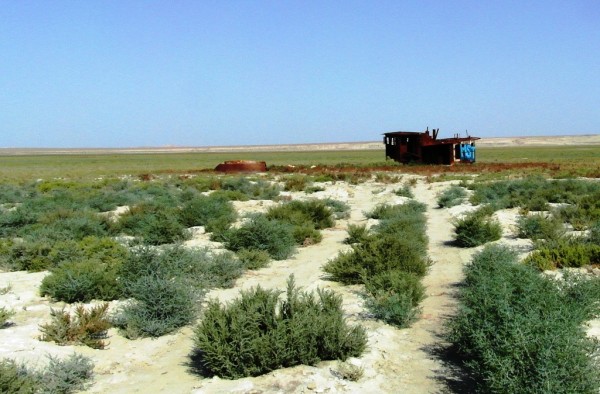
Great post! I’m hoping to go to the Uzbekistan side of the Aral Sea this fall or maybe next spring.
You forgot about the part where the Soviets allegedly tested chemical weapons on a large island in the Aral Sea, which also presumably led to health problems for those in the region.
Every time I read of new dams to be built and the land & rivers they’re set to sacrifice, it always concerns me, and this is just the best possible evidence.
It’s so pleasing to see that people are working to return the tide to where it rightfully belongs, lets just hope it’s not too late 🙁
Wow, I had no idea. What a sad story but I am glad to see the country is taking strides to reverse the damage.
Yep, they’ve got a long way to go but at least they’re making progress.
Wow, that’s insane! I can’t understand that at the time they didn’t realize the damage they were causing, but you’d think after awhile they’d see it and stop. Hopefully they can continue reversing things.
I think the Soviets were just so focused on producing crops (cotton) that they didn’t even care about the damage they were doing. Very sad.
Wow that’s incredible but good to see at least they weren’t too late, hopefully they can bring it back to what it once was.